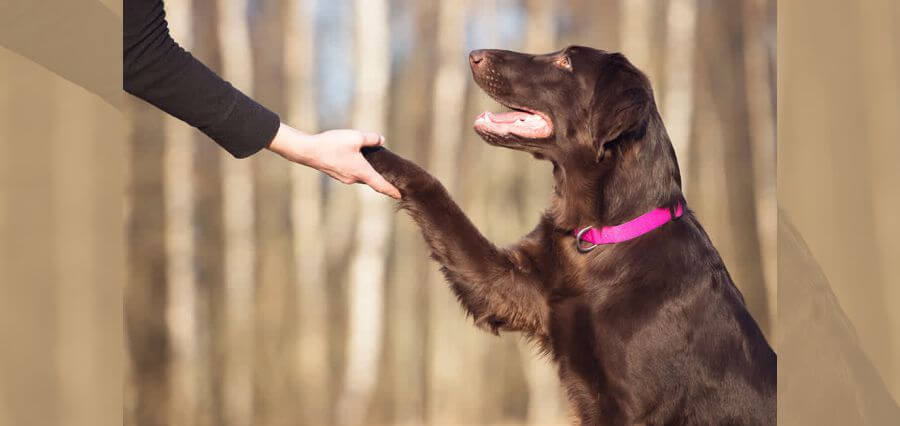Training your dog can be a rewarding experience and is essential for having a happy, healthy relationship with your best friend. But effective dog training from trusted H.K. dog training requires patience, consistency, and the right methods for you and your pup.
In this article, we’ll provide the top 13 tips to make sure that you have the most successful and enjoyable journey possible as you teach your canine companion new tricks.
1. Set Realistic Expectations:
Each breed of dog may learn at different speeds; don’t expect too much too soon! Be sure to give yourself and your pup enough time to master each command or trick before moving on to the next one.
2. Be Patient:
Training sessions should be kept short and sweet (10-15 minutes max). If your pup isn’t responding to a command or trick, don’t get frustrated. Keep your tone calm and rewarding, and take frequent breaks if needed.
3. Positive Reinforcement is Key:
Dogs respond better to positive reinforcement than negative, so be sure to reward them with treats or verbal praises when they do something right. This will help build their confidence and create an enjoyable learning experience for both of you!
4. Start Simple:
Choose simple commands like “sit” or “stay” that your dog can easily understand and practice those before attempting more complex tricks like rolling over or shaking hands. This will ensure success early on and make the training process much smoother and faster in the long run.
5. Consistency is Essential:
Consistent training will ensure that your dog learns the desired behavior quickly and correctly. Keep all commands and rewards consistent, so your pup knows exactly what you expect from them each time they’re asked to do something.
6. Use Visual Cues & Hand Signals:
Using visual cues can be helpful when teaching new commands or tricks, as dogs respond better to visual stimuli than verbal instructions alone. You can also pair hand signals with verbal commands to reinforce what you want your pup to do.
7. Socialize Your Dog:
Socialization is essential for a well-behaved pup; take time to introduce your dog to other people and dogs. This will help your pup learn to interact with others and become more comfortable in new environments.
8. Reward Good Behaviors:
Make sure to reward your pup for good behaviors, such as coming when called or following commands like sit or stay. This will help reinforce the desired behavior and make them more likely to repeat it in the future.
9. Avoid Punishment:
Punishment is not a necessary part of dog training; instead, focus on rewarding positive behaviors and providing guidance throughout the process! Punishing a dog can lead to fear, confusion, or aggression – all of which are counterproductive to successful training sessions.
10. Be Consistent With Kennel Training:
Kennel training is an important part of housebreaking and can help your understand their boundaries. It’s important to be consistent with the rules and expectations for kennel training, so your dog knows what is expected of them.
11. Practice Makes Perfect:
Make sure to practice commands and tricks regularly; this will help your pup learn faster and make it easier for them to remember what you’ve taught them! Set aside some time each day for practice so that your pup can continue to improve their skills over time.
12. Give Your Dog Exercise:
Dogs need regular exercise in order to stay fit and healthy – plus, a tired pup is usually more willing to take direction from their owner! Make sure to take your pup on regular walks and playtime sessions to keep them physically active and mentally stimulated.
13. Have Fun!
Training should be a fun activity for both you and your pup, so have some patience and enjoy the process! As you progress with each command or trick, remember to celebrate small successes along the way – this will help motivate your pup and make training even more enjoyable for both of you.
Conclusion:
Training your pup can be a rewarding experience for both you and your furry friend. By following these tips, you’ll be well on your way to having a well-behaved pup in no time! Just remember to stay patient, use positive reinforcement, and have fun with the process – before you know it, your pup will be responding to commands and performing tricks like a pro.


